Today’s biker is tomorrow’s biker. Nowadays, many elderly people who were devoted bicycle lovers in their early years are finding out that adult tricycles are rather a suitable option to continue their passion, and also to get the exercise they love and need.
However, several people who have made the transition from bike to electric trike report that riding a tricycle is markedly different from riding a bicycle, and the process of transitioning from bike to e-trike requires a lot of learning and unlearning. Many reflexes, responses and patterns of weight distribution are not only different, but actually reversed.
This blog will discuss the main differences between riding a bicycle and riding a tricycle, and as you get ready to make a smooth transition from bicycle to tricycle.
1. TURNING: BODY VS HANDLE CONTROL
By far the most significant difference between riding a bike and tricycle is the process of steering. In order to turn a bike, for example, the rider relies on body movement: leaning towards the direction in which they would like the bike to turn. However, on a tricycle, there is no place for leaning, especially not when going around a corner.

On a 3 wheel bike, the rider has to rely on the handlebars: grabbing them slowly, and angling towards the direction they wish the trike to turn. It is highly ill-advised to try leaning on a tricycle, especially as a beginner. This action could offset the balance on the tricycle, thus putting the rider at risk.
This new adjustment, from body movement to complete machine reliance, is the major challenge for many who have just transitioned to tricycles. However, the good news is that, while it takes some time, it eventually goes away as riders become accustomed to sitting back and letting the machine do the work. This is a lot more convenient for the elderly.
2. BALANCING: RIDER VS VEHICLE!
With only two wheels, a bike is intrinsically unbalanced. In other words, a bike would not stand upright on its own without the kickstand. A large part of the enjoyment of bicycle riding has to do with that absence of balance: the bike has to continually balance by creating a harmony between body movement and the movement of the bicycle.

Standing on three wheels, the tricycle is intrinsically balanced. There is therefore no need to try and balance as you ride. Even when slowed down, or taking on a bend, the bike remains perfectly balanced.
For many new riders, the act of disengaging their bodies from the riding experience constitutes a real challenge when riding an adult tricycle. However, like with turning, it comes naturally after a while. Tricycles ease riders into a more relaxed mood, allowing them to dedicate more focus to enjoying the ride rather than worry about the process of driving. For this reason, it is easy to see why trikes are preferred by and for adults.
3. BRAKING: JUST ONE SQUEEZE!
Another significant difference between riding a regular bike and a 3-wheel bike lies in the process of applying the brakes. On a bike, the rider has the flexibility to adjust their body position, distributing their weight and applying the brakes effectively on both wheels. This process requires the riders themselves to play a big role in bringing the bike to a stop.

Unlike the bicycle, the 3 3-wheel bike has its own independent braking system on each wheel. Thus, the rider’s role is limited to pulling on the brake levers and setting the automatic braking machinery into motion. This process is difficult for former bikers who suddenly have to rely on the machine itself, and do nothing to aid it.
4. STAYING ON THE PATH!
Ideally, all roads and paths would be straight, balanced and perfectly flat. However, some roads wind their way through and over uneven ground, resulting in them becoming off-canter: tilted to one side. On a regular bike, traversing such a path would be easy to manage. With their bodies playing a major role in balancing the bike, riders can keep the bike on the higher end or in the middle of the road.

Keeping the bike on the road is harder on a tricycle than on a bike. The tricycle tends to move towards the lower side and go off the road. In this case, the balanced nature of the tricycle becomes a little complicated to manage. The rider has to put in extra effort to steer the bike towards the slightly elevated side, keeping it steady in the middle of the road.
Several new trike “converts” struggle to keep the tricycle on the path, especially considering that they would have to rely on the handlebars to keep the trike steady. However, such roads are often few and far in-between, and this experience, like all beginner challenges, becomes easier with time.
5. TRAFFIC: THINK OF EVERYONE!
Riding tricycles, new converts usually find themselves facing new challenges with traffic. The traffic laws governing bikes and trikes may not be significantly different, but the reality of riding a trike in crowded spaces is different from riding a bike.
Tricycles are larger and have rather thick frames. Even on a bike path, new tricycle riders have expressed surprise at suddenly turning around to discover that they were holding traffic. The remaining space on the path insufficient for even the bikes to fit through.

So, it is advisable for any such new rider to give appropriate consideration to the traffic situation around them. There are several bike paths that are big enough for both more vehicles to fit, where this does not have to be a major worry. However, new tricycle riders must have the consciousness that the trike is bigger, and pay extra attention to other users of the road. This will make the space better for everyone.
6. CARGO SPACE:SHOP ON THE GO!
Several people who transition from bikes to tricycles often forget that they now have a carriage space that can carry their stuff in the back. With larger frames, adult tricycles are ideal for a more relaxed ride, and also designed for muti-use. Whereas any extra weight is undesirable and can affect balance on a regular bicycle, the tricycle can accommodate more weight without any compromises to safety and balance.

So, new strikers will do well to remember that they no longer have to choose between exercise and shopping. With the extra carriage space, it is possible to do a multitude of tasks and chores in one ride.
Viribus
The smoothness of the transition from bicycle to a tricycle, and consequently, the enjoyment of owning a tricycle, all depend on the quality of the tricycle. Vicibus offers a wide array of impressive tricycles, capable of meeting the various needs of clients.

The Viribus collection is widely recognized as the best set in the market when it comes to good quality, affordability, and customer support. Viribus is where the smooth transition begins!

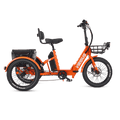


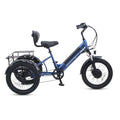
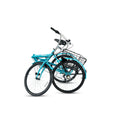
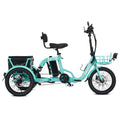

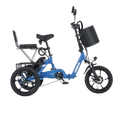






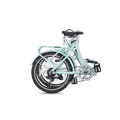
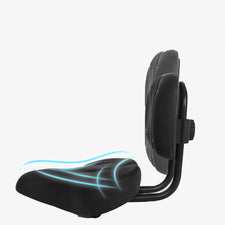





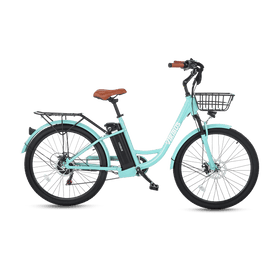
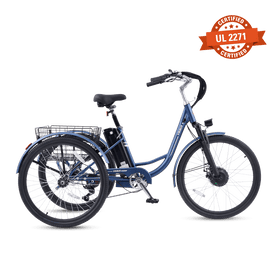
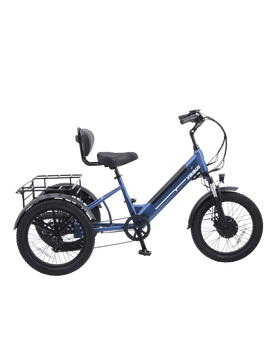



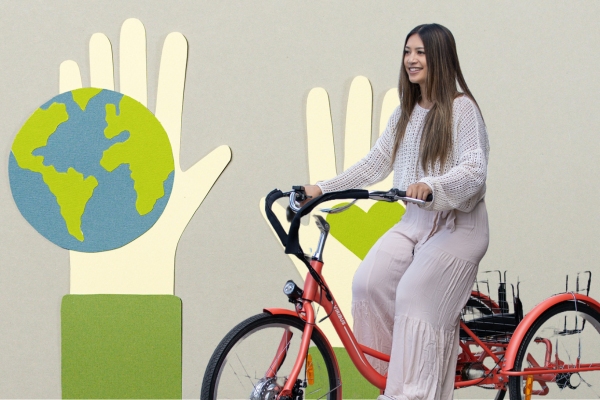
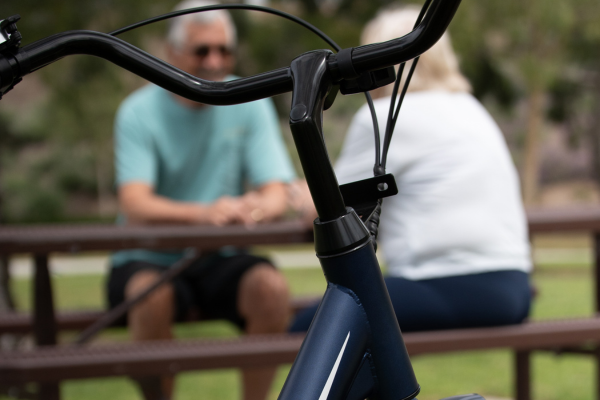
Leave a comment
All comments are moderated before being published.
This site is protected by hCaptcha and the hCaptcha Privacy Policy and Terms of Service apply.